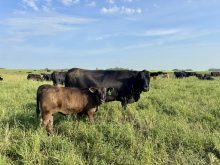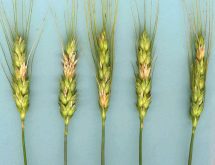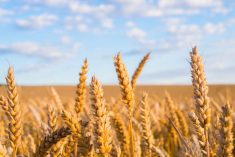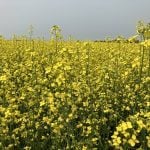Over the last decade, the availability of dried distillers grains with solubles, or DDGS, has increased rapidly, while the price of cereal grains has escalated. This is forcing the livestock industry to take a hard look at how to utilize the byproducts of industrial processes that use not only grains, but also oilseeds and pulses.
In order to use products such as DDGS effectively, research must be undertaken to establish the nutritional profile of the various products, the level they can be included in diets for different types of pigs, and the performance achieved. Dr. Eduardo Beltranena at Alberta Agriculture and Rural Development and Dr. Ruurd Zijlstra at the University of Alberta have been investigating a wide range of alternative energy and protein sources for pig diets. Their research is helping nutritionists and producers to effectively use alternative feed ingredients and thereby reduce production costs.
Read Also
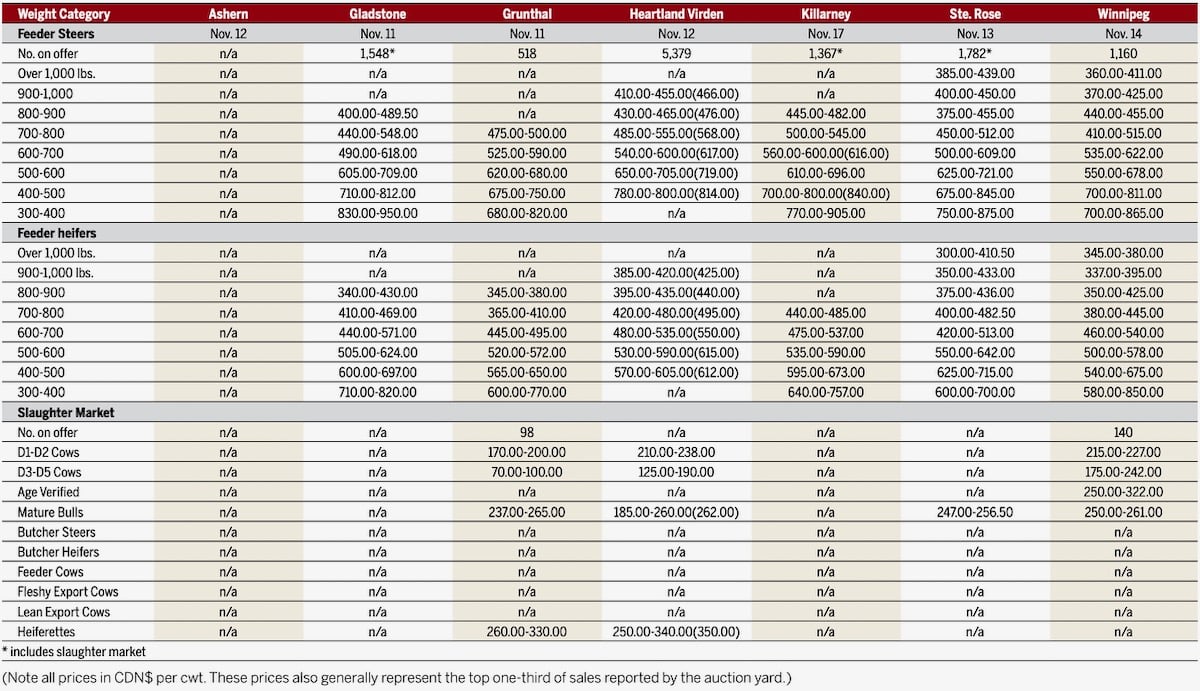
Manitoba cattle prices, Nov. 17
Beltranena recently summarized their research findings on DDGS in a leaflet Feeding Distillers Dried Grains with Solubles (DDGS) to Pigs in Canada which outlines key points to consider when using this ingredient.
DDGS is a good source of dietary protein, fat, fibre, vitamins and minerals for livestock, he says. Because starch makes up about 70 per cent of the kernel weight of cereals, the fermentation process concentrates the remaining nutri ents threefold.
The protein, fat and phosphorus content in DDGS reflects the grain or blend of grains fermented, he notes.
In Western Canada, wheat and wheat-corn are the predominant feedstocks, yielding DDGS with a high protein content, about 36 per cent, he states.
In comparison, corn DDGS imported from the Midwest U.S. or produced in Ontario has more than twice the fat content 10.5 per cent of wheat DDGS owing to the higher oil content in corn grain compared to wheat.
The variable quality of DDGS experienced with older ethanol plants is now a thing of the past, Beltranena notes.
Modern ethanol plants produce a high-quality DDGS product, he says. However, some plants are now extracting the oil from corn DDGS, which reduces its dietary energy value.
Mycotoxins
However, one potentially dangerous quality issue needs to be monitored, he warns. Mycotoxins, produced by moulds that infect grains, are also concentrated by a factor of three during ethanol production. These may cause a range of production and health problems in pigs, so analysis of DDGS samples should be carried out.
Ethanol plants have screening procedures in place to monitor mycotoxin levels in incoming grain and outgoing DDGS, says Beltranena. Contaminated DDGS should be fed to cattle because they are more tolerant to mycotoxins than pigs.
The nutritional value of DDGS varies significantly, so routine analysis of the ingredient is essential.
We recommend a plant-specific procurement contract which includes minimums for a range of nutritional and qual ity parameters, says Beltranena.
Testing pays back quickly, because when lab results exceed specifications, this increases the feed-cost savings.
He stresses the need to for- mulate diets on the basis of net energy (NE) rather than digestible or metabolizable energy, and also to use standardized ileal digestibility (SID) when formulating for amino acids.
DDGS may be used in diets for all types of pigs and common inclusion levels in grow-finish diets ranging from 7.5 to 15 per cent.
The high fat content of corn DDGS (10.5 per cent) results in the most feed cost savings when feeding high levels to growing pigs, says Beltranena. Up to 30 per cent wheat DDGS or 40 per cent corn DDGS can be fed to hogs until three to four weeks before slaughter weight. However, a DDGS removal strategy must be implemented to mitigate the impact on pork fat hardness.
The problem of soft fat, caused by the high level of unsaturated fatty acids in DDGS, is reduced when wheat DDGS is used because it has half the oil level of corn DDGS, he adds.
It is important that producers considering high dietary inclusions of DDGS discuss the intended market for their pork with packers and implement a withdrawal strategy tailored to the type of DDGS and amount fed.
The use of DDGS in finisher diets impacts carcass dressing percentage, reducing it by 0.4 per cent for each 10 per cent increase in dietary inclusion.
The high fibre content of DDGS increases gut fill and thickens the gut wall reducing carcass weight at evisceration, Beltranena states. To compensate for this reduction in dressing percentage, producers should market hogs two kilograms heavier or completely withdraw DDGS from the finisher diet two weeks prior to slaughter in favour of a lower-fibre feedstuff.
For nursery pigs, a step-up inclusion strategy by feeding phase is recommended to allow them to progressively adapt to the flavour and fibre content of diets containing DDGS, Beltranena advises.
Inclusion of DDGS should not exceed five per cent for the first week post-weaning. Dietary inclusion levels can progressively increase thereaf ter, for example to 10 per cent the second week and 20 per cent in the third week post-weaning, he says. To maintain performance, restrict dietary inclusion of wheat DDGS to 15 per cent or corn DDGS to 30 per cent in nursery diets for pigs up to 25 kilograms.
Gestation diets for gilts and sows can include as much as 30 per cent wheat DDGS or 40 per cent corn DDGS, says Beltranena.
Limit wheat DDGS to 20 per cent and corn DDGS to 30 per cent in lactation diets and introduce DDGS progressively, he advises. Feed refusal and wastage will be observed if sows are not used to the taste of DDGS.
The leaflet is available from Beltranena by email: eduardo. [email protected].
Bernie Peet is president of Pork Chain Consulting of Lacombe, Alberta, and editor of Western Hog Journal.




